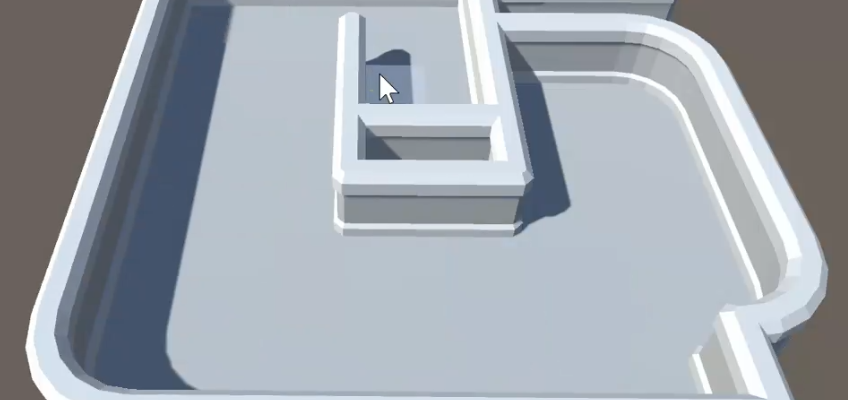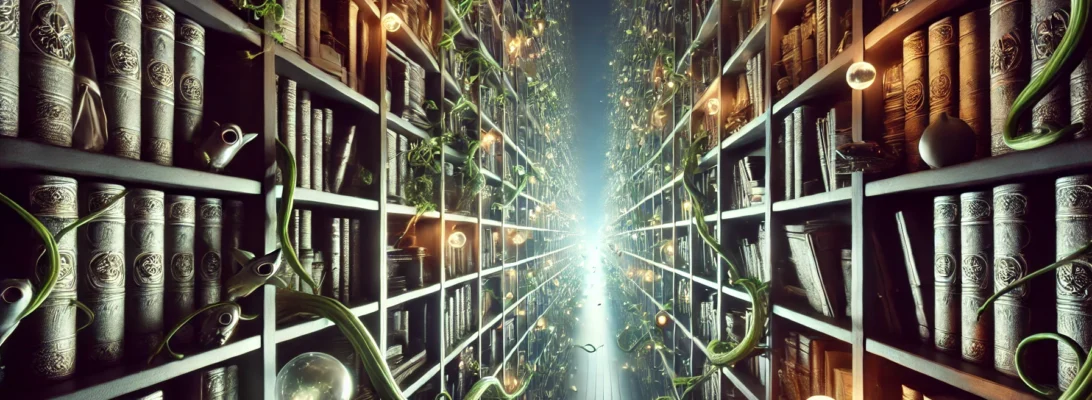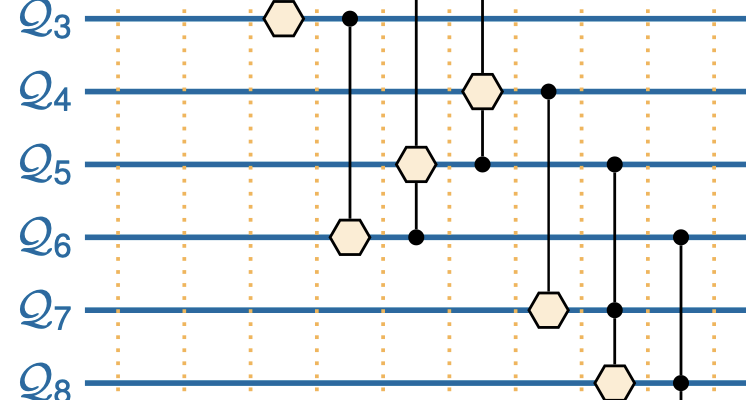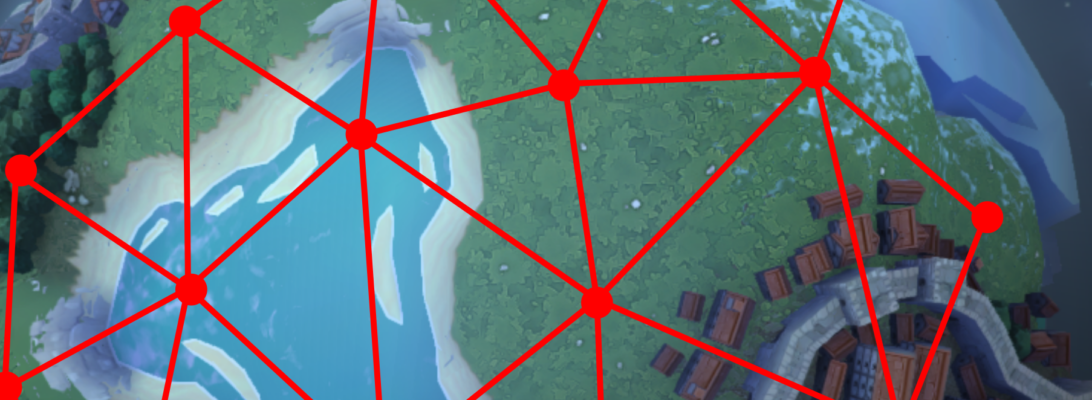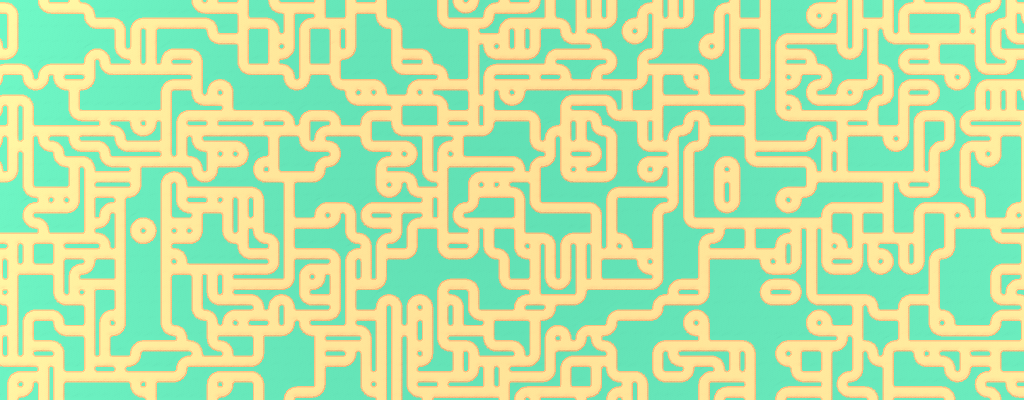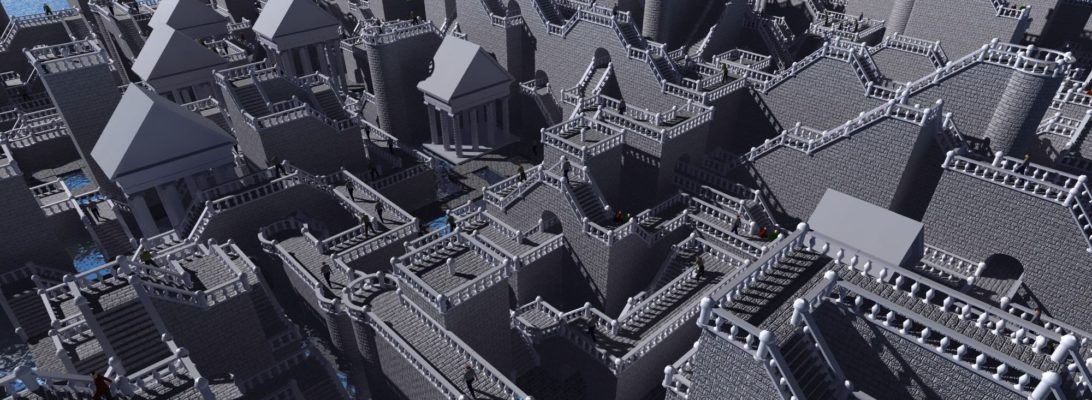Editable WFC
When I spoke about autotiling, I briefly touched on how it’s possible to use Wave Function Collapse (or other constraint based generators) as a form of autotiling, i.e. user-directed editing of tilemaps. I’ve usually referred to this technique as “editable WFC“. It’s a combination of autotiling and WFC, and contains the best of both: Being […]
Continue reading